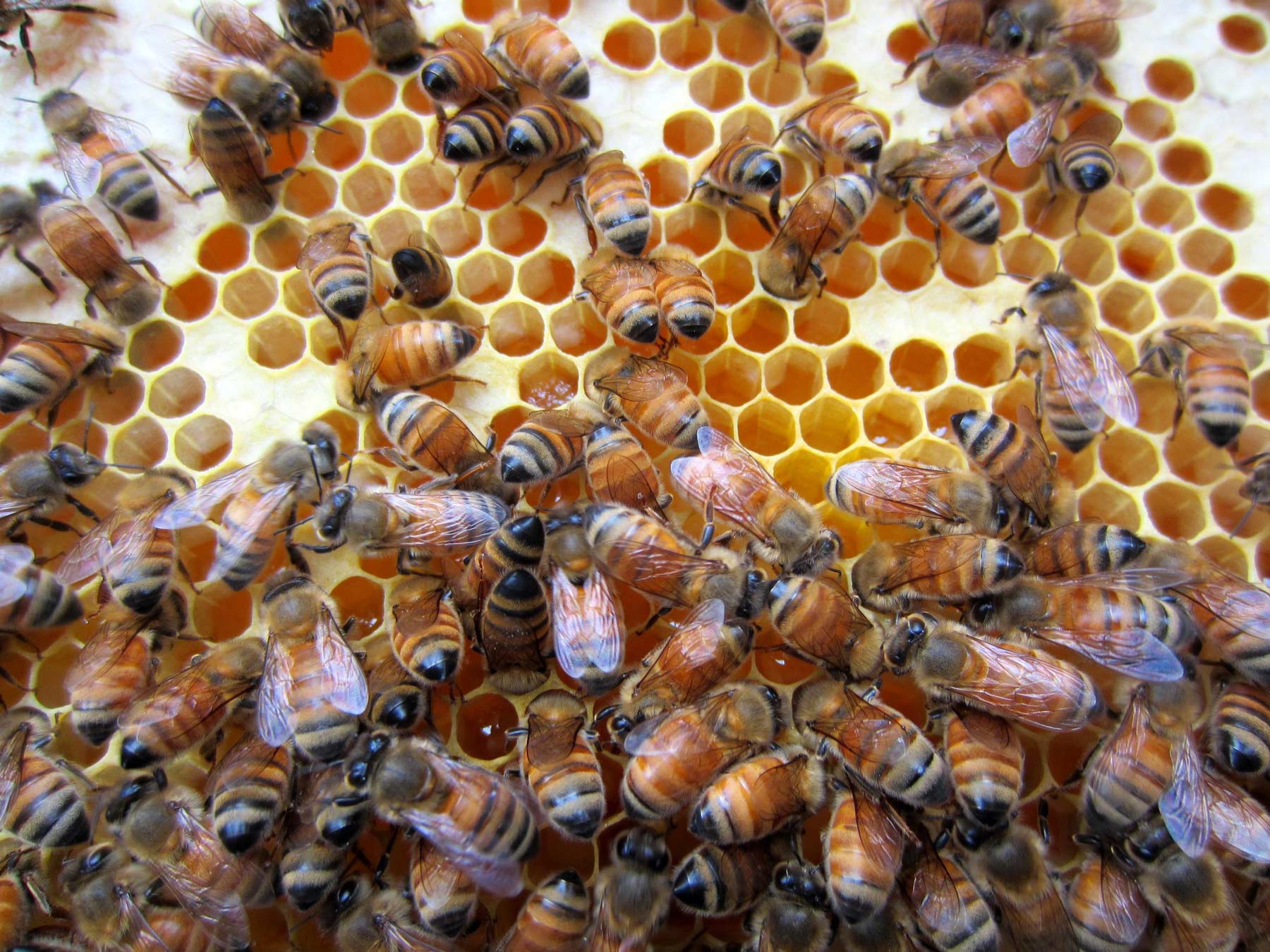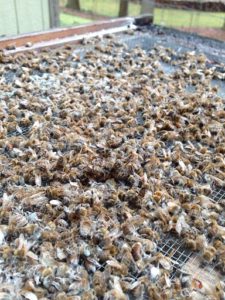
10 Mar Gardening for the Bees
When our hives got opened the other week we sadly found no signs of life. The jury is still out on whether or not this was the result of a normal winter die off or if there were other things at play. Since 2006 it’s estimated that more than three billion honey bees have died in the United States, and billions more world wide. These deaths are somewhat mysterious and have been termed, colony collapse disorder. While there is no definite known cause research points to the heavy use of pesticides and the loss of biodiversity as some of the major players. Why does this matter?
The jury is still out on whether or not this was the result of a normal winter die off or if there were other things at play. Since 2006 it’s estimated that more than three billion honey bees have died in the United States, and billions more world wide. These deaths are somewhat mysterious and have been termed, colony collapse disorder. While there is no definite known cause research points to the heavy use of pesticides and the loss of biodiversity as some of the major players. Why does this matter?
- Honeybees account for 80% of all insect pollination

- About 1/3 of the foods we depend on require pollination (apples, almonds, tomatoes, blueberries, coffee and many many more)
- USDA says this die off is threatening 100 different commercial crops that depend on pollination
- This threat to crops could result in a ten-fold increase in food prices
This is not a doomsday notice though. There are plenty of things that you can do to help from planting a bee friendly garden, to having your own hives, and of course, taking care of your yard in an organic, pesticide free manner. Creating a garden that will attract and feed honeybees is a fun and simple thing to do, whether it’s in your backyard or in containers, here are a few things to consider:
- Plan so you have things blooming all season
- Plant native plants and flowers, at least mixed in
- Avoid overly hybridized plants as they don’t provide much pollen to feed the bees
- Have a clean water source available
- Plant flowers around your fruit and nut trees to bring in bees and other pollinators
Adding to the biodiversity in your landscape and gardening in an sustainable manner will help the honeybees, as well as help your yard be bountiful and toxin free. Of course, keeping some of these small fuzzy friends is a great contribution as well. You can learn more, get products and take classes at some of our local shops: Keep it Simple Farm and The Bees Neez.




